If you’ve been watching the landscape of cloud computing, you’ve likely seen how quickly things are moving. Back in the early days, most businesses went to the cloud only using a public cloud provider service such as AWS or Google Cloud. Fast-forward to 2025 and the picture is very different.
Today, companies are realizing that putting everything in one place whether in a public cloud environment or a private cloud infrastructure doesn’t always make sense. Instead, they’re taking a hybrid cloud approach. This is a combination of the best of public cloud services with private cloud system control. The results are a flexible hybrid cloud environment that offers you the best of both worlds: speed, scalability, and security.
If you’re a business owner, IT leader or cloud engineer, you may be working with multiple cloud providers already. You may have a private cloud setup for sensitive data and a public cloud resource for scale. This best practices of the hybrid cloud isn’t just an option anymore it’s fast becoming the industry best practice.
What Exactly Is Hybrid Cloud?
A hybrid cloud implies a combination of public cloud environments (such as AWS, Google Cloud, or Microsoft Azure) and private cloud environments (your on-premise servers or dedicated infrastructure). Instead of picking one or the other, you use them both and wire them together into one seamless hybrid architecture.
-
Public Cloud: On-demand compute, storage and services by public cloud providers. You pay for what you use, scale up quickly and access advanced features such as serverless or edge computing.
-
Private Cloud: Control, compliance and customization. It’s ideal for sensitive workloads where security and privacy are critical.
When you take the two and mash them together in a hybrid cloud setup, you get flexibility. You may run critical workloads in your private cloud, while moving other workloads to the public cloud. You can even practice cloud bursting where sudden spikes in demand are handled by scaling into the public cloud resources automatically.
Why Hybrid Cloud Is More Important in 2025
The 2024 State of the Cloud Report found that multi-cloud and hybrid cloud strategies are now mainstream. By 2025, this trend has only increased. Organizations across the USA from startups to enterprises are doubling down on hybrid cloud computing because:
-
Cloud adoption is universal. Almost every business has migrated some data to the cloud. The question is no longer if, but how to manage a hybrid cloud.
-
Different services work better in different places. Some workloads perform best on AWS compute, others on Google Cloud, and some in private cloud systems.
-
Security and compliance require balance. Regulated industries (finance, healthcare) need private cloud security with public cloud power.
-
Costs must be optimized. Managing workloads across environments allows FinOps practices, reducing spend while enjoying modern cloud features.
So when we speak of best practices for managing hybrid cloud computing in 2025, we’re really speaking of how to make the most of diverse cloud environments without losing control.
Building a Hybrid Cloud: Important Terms You Should Know
When you begin to build a hybrid cloud, there are a couple of terms that you’ll hear over and over. Let’s explain them simply:
-
Cloud Infrastructure: The hardware and software that run your cloud environment, from public to private.
-
Cloud Architecture: The blueprint for how your cloud systems are connected. A solid hybrid architecture allows seamless data movement between environments.
-
Cloud Workload: The apps, data, or compute tasks you are running. Some stay private for safety, others move public for flexibility.
-
Cloud Management: Tools and practices for monitoring, controlling, and optimizing hybrid setups, including cost tracking, security posture, and performance monitoring.
-
Multi-Cloud vs. Hybrid Cloud:
-
Multi-cloud = using more than one public provider (AWS, Azure, Google Cloud) without necessarily integrating them.
-
Hybrid cloud = combining public and private cloud environments, fully integrated.
-
One can implement a hybrid cloud successfully with ease by understanding these basics.
The Role of Cloud Providers in Hybrid Strategies
When you adopt a hybrid cloud, you’re often working with different providers all at once. In the USA, the most common public cloud providers are:
-
AWS (Amazon Web Services) – Popular for flexible compute, cloud storage and serverless computing.
-
Google Cloud – Known for analytics, machine learning and integrations with modern platforms.
-
Microsoft Azure – Strong for enterprise-grade cloud solutions and hybrid-friendly setups with on-premise Windows environments.
These providers offer public infrastructure that integrates with your private environment. By leveraging each provider’s strengths, you gain cloud capabilities tailored to your business goals.
For example, you might:
-
Run compute-intensive workloads on AWS.
-
Store compliance data in your private cloud infrastructure.
-
Use Google Cloud for advanced AI services.
-
Connect everything in a unified hybrid cloud architecture.
That’s the power of hybrid you’re not locked into one vendor and have more freedom across environments.
Hybrid Cloud in Action: A Real-Life Example
Let’s imagine you’re running a mid-sized USA retail company. Here’s how a hybrid setup might look:
-
Private Cloud Systems: Keep sensitive customer payment data secure.
-
Public Cloud Environments: Use AWS compute to handle holiday shopping spikes with cloud bursting.
-
Edge Computing: Process in-store transactions quickly with edge nodes near stores.
-
Serverless Computing: Develop Google Cloud functions to deliver personalized discounts in real time.
-
Cloud Management Tools: Use a unified dashboard to monitor costs, security, and performance across environments.
This hybrid cloud approach ensures your business gets the scale of public cloud and the security of private cloud a balance that’s critical in 2025.
Benefits of a Hybrid Cloud Environment
1- Flexibility Across Workloads
The largest reason that I suggest hybrid cloud computing is flexibility. Not all workloads are created equal and they shouldn’t all live in the same place.
-
Public Cloud Workloads: If you require rapid compute resources, or else your website traffic surged for a once-in-a-lifetime experience, the public cloud infrastructure has you covered. You only pay for what you use and can scale on the fly.
-
Private Cloud Workloads: For sensitive data think customer records, healthcare information or financial transactions you can store and process that data safely in a private cloud infrastructure.
With a hybrid environment, it is up to you to determine where any cloud workload will belong. This balance provides you with a strategic edge over businesses which attempt to pack everything into one cloud platform.
Example: A healthcare provider in the US stores patient records in a private cloud environment to meet HIPAA compliance and runs research simulations in the public cloud using AWS compute resources.
2- Scalability When You Need It Most
If you’ve ever gotten worried about your servers crashing during peak periods you’ll love the scalability that comes with hybrid cloud. This is where cloud bursting comes in.
Here’s how it works:
-
Your private cloud environment processes normal workloads.
-
When demand suddenly spikes, workloads “burst” into the public cloud resources.
-
You get instant access to additional computing resources without the need to build permanent infrastructure.
In other words, a hybrid cloud arrangement means you’ll never lose business because of downtime or overloaded systems.
Example: A retail business in the USA is using a hybrid cloud architecture to prepare for Black Friday sales. Their private cloud infrastructure is responsible for the core store operations, and the public cloud is responsible for the surge in online shoppers.
3- Stronger Cloud Security
Let’s be honest: cloud security is one of the biggest concerns of 2025. When I speak with IT managers, they will often state, “How do I keep my data safe when it’s spread across multiple cloud environments?”
A hybrid cloud approach actually enhances security if it is done correctly:
-
Store sensitive information in private cloud infrastructure, under your complete control.
-
Use the public cloud providers for less critical workloads but be sure to use strong encryption.
-
Monitor environments for compliance using cloud security posture management (CSPM) tools.
-
Practice zero trust architecture at all of your cloud access points.
By smartly separating workloads, you have less risk of breaches while still reaping the benefits of the public cloud environment.
4- Optimize Costs Using Cloud Resources
Another big advantage of a hybrid environment is cost control. Many businesses overspend when they rely too heavily on the public cloud particularly if they don’t use FinOps practices.
Using a hybrid cloud strategy, you can:
-
Run predictable workloads on private cloud systems, where costs are fixed.
-
Push unpredictable workloads to the public cloud infrastructure and pay-as-you-go.
-
Track usage for multiple cloud providers through unified cloud management tools.
This balance helps avoid wasting your cloud investments and allows you to align the spending with your actual needs.
5- Innovation With Edge and Serverless Computing
In 2025, two exciting technologies edge computing and serverless computing are opening new possibilities. Both are best leveraged in a hybrid cloud environment.
-
Edge Computing: Moves processes nearer to users. Imagine performing real-time analytics at a store location or factory floor. With hybrid, you can connect these edge nodes to your private cloud infrastructure as well as your public cloud services.
-
Serverless Computing: Allows you to develop applications without managing servers. You just put out code and the public cloud provider takes care of the rest. By combining serverless with hybrid, you can build agile apps without compromising private cloud security.
Example: A logistics company from the USA uses edge computing for real-time delivery tracking and serverless computing in the public cloud for automatic updates to customers.
6- Avoiding Vendor Lock-In
When you rely solely on one public cloud provider, you risk being stuck in that ecosystem. This can constrain flexibility, raise costs, and make future adaptation difficult.
A hybrid cloud approach prevents this problem. By spreading workloads across different environments, you’re not bound to one vendor.
Example: An e-commerce company runs compute workloads on AWS, analytics on Google Cloud, and keeps sensitive payment data in a private cloud environment. If one provider increases prices, they can shift workloads to another.
Business Continuity & Disaster Recovery
Another important advantage of hybrid cloud computing is resilience. With workloads distributed across clouds, you reduce downtime and data loss.
-
Keep a backup copy of important data in private cloud infrastructure.
-
Employ the public cloud environment as a disaster recovery site.
-
Implement replication with different providers for added safety.
If one system goes down, the other can take over. That’s peace of mind for you and your customers.
Better Performance with Hybrid Architecture
Performance matters. Nobody wants laggy apps or websites. With a hybrid setup, you can place workloads where they perform best.
-
Run latency-sensitive apps on edge computing nodes connected to your private cloud.
-
Use public cloud services to achieve global reach and content delivery.
-
Manage performance with cloud operations tools to track usage across environments.
This ensures customers enjoy a consistent experience no matter where they are.
Supporting Compliance and Governance
If you work in industries like finance, healthcare, or government, you know how strict compliance rules can be. A hybrid cloud environment gives you the flexibility to meet these requirements.
-
Keep regulated data in private cloud infrastructure.
-
Use public cloud services for less sensitive workloads.
-
Apply consistent governance policies across all platforms.
This way, you remain compliant without losing innovation.
Summary
In 2025, hybrid cloud computing has become the chosen method for businesses that want the best of both, flexibility and control. By leveraging the best of both worlds the public cloud’s scalability and the private cloud’s security – organizations can optimize workloads, enhance performance, and save money.
Hybrid cloud also facilitates advanced capabilities like cloud bursting, edge computing, serverless applications, and compliance and governance.
Businesses get better security, disaster recovery, and freedom from vendor lock-in. Overall, hybrid cloud is a balanced approach that is conducive to innovation, efficiency, and long-term growth.
Refrences
References
1- Understanding the Benefits of Hybrid Cloud Computing | Highlights flexibility, security, cost efficiency, and performance optimization as key advantages of hybrid cloud strategies across industries like healthcare, finance, and e-commerce.
F5, Inc.
2- What Is Hybrid Cloud? Trends, Benefits, and Best Practices | Explains why scalability, disaster recovery, cost-efficiency, and compliance make hybrid cloud adoption essential for modern businesses.
Splunk
3- Hybrid Cloud: Balancing Cost, Security, and Scalability | Discusses how hybrid environments allow optimal workload placement—combining predictable private infrastructure with scalable public cloud resources.
capitalnumbers.com
4- The Future of Hybrid Cloud Adoption: Expert Insights for 2025 | Emphasizes that hybrid cloud computing unifies public and private clouds, offering improved scalability, security, resilience, and cost-efficiency.
TierPoint, LLC
5- Hybrid Cloud Explained: Benefits, Challenges, and Use | Reports that 70% of organizations now run hybrid cloud setups, leveraging private environments for sensitive workloads and public cloud for scalable tasks.
allcovered.com



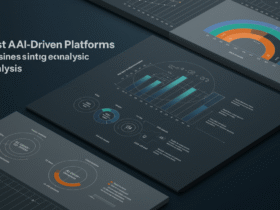






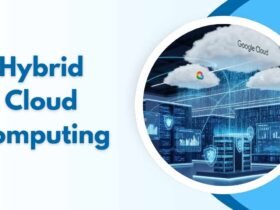


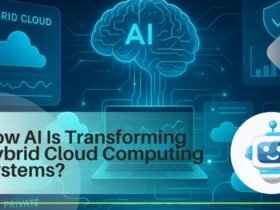
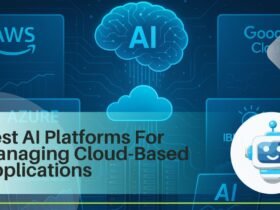












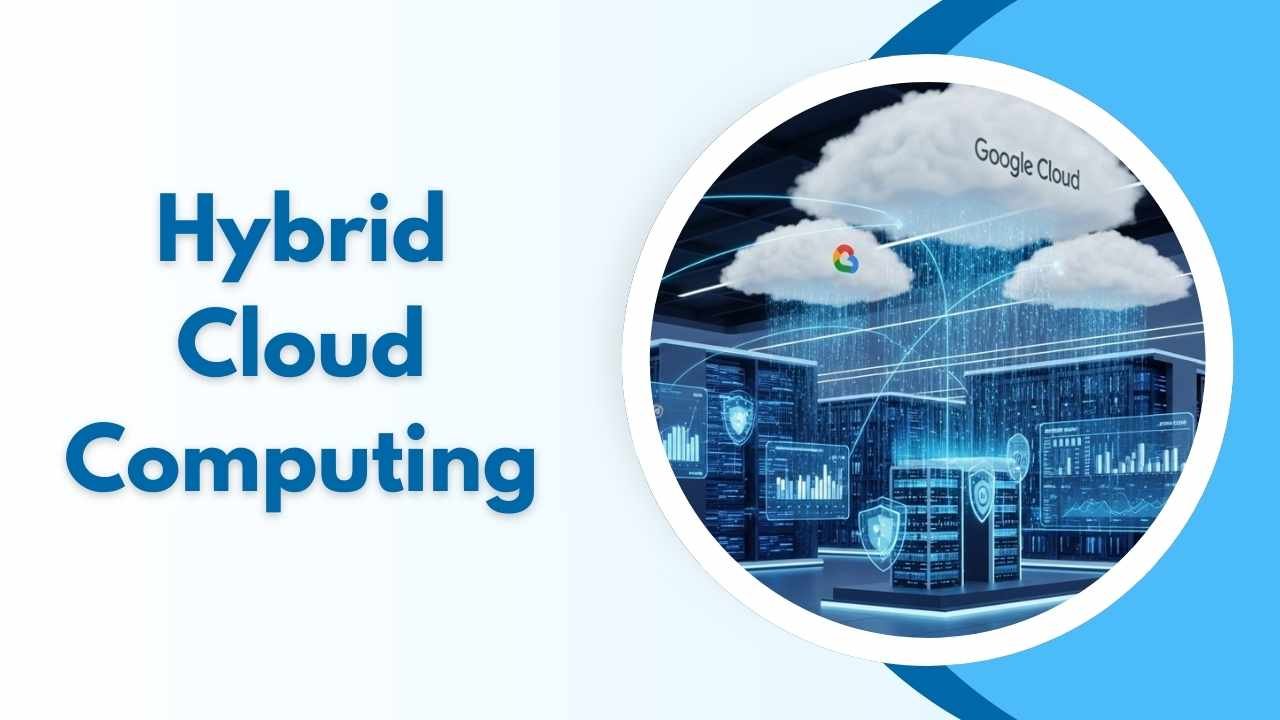



Leave a Reply